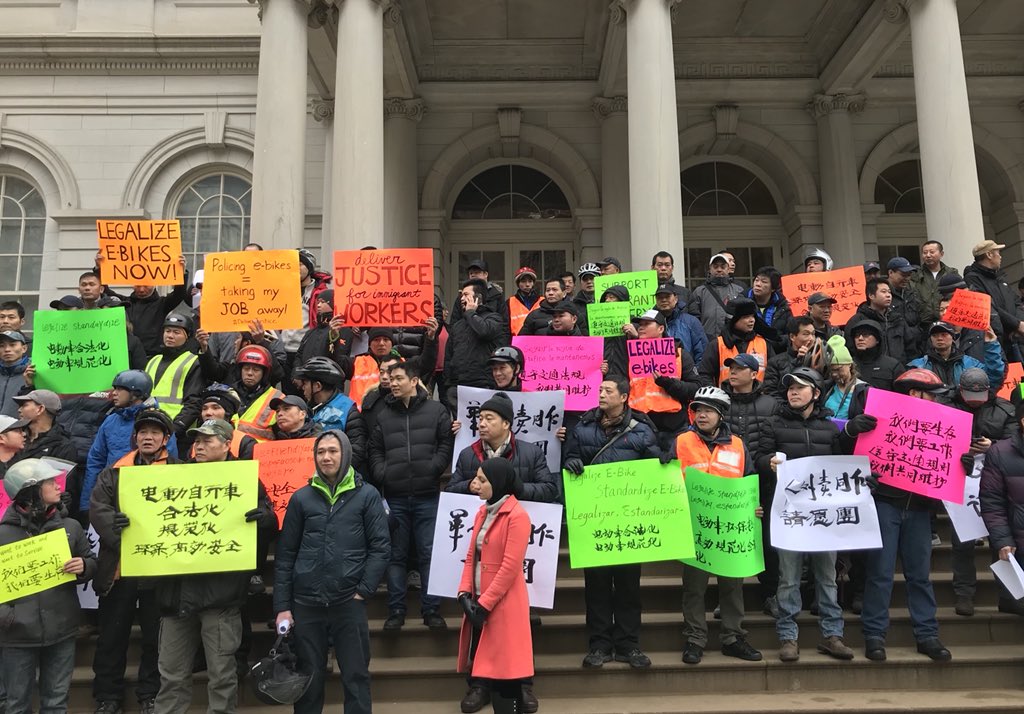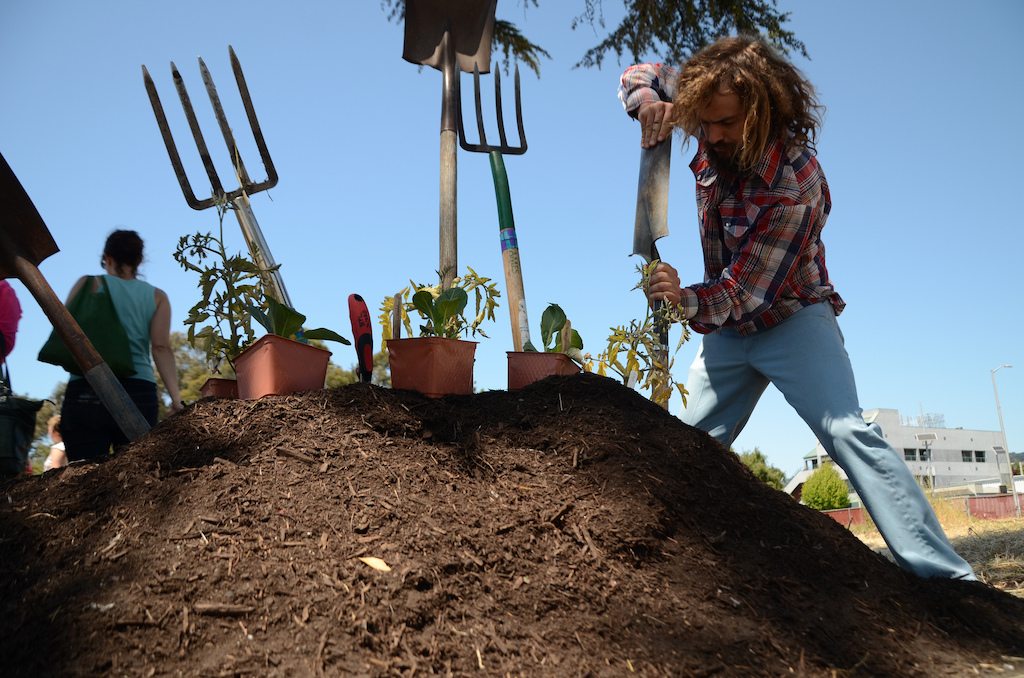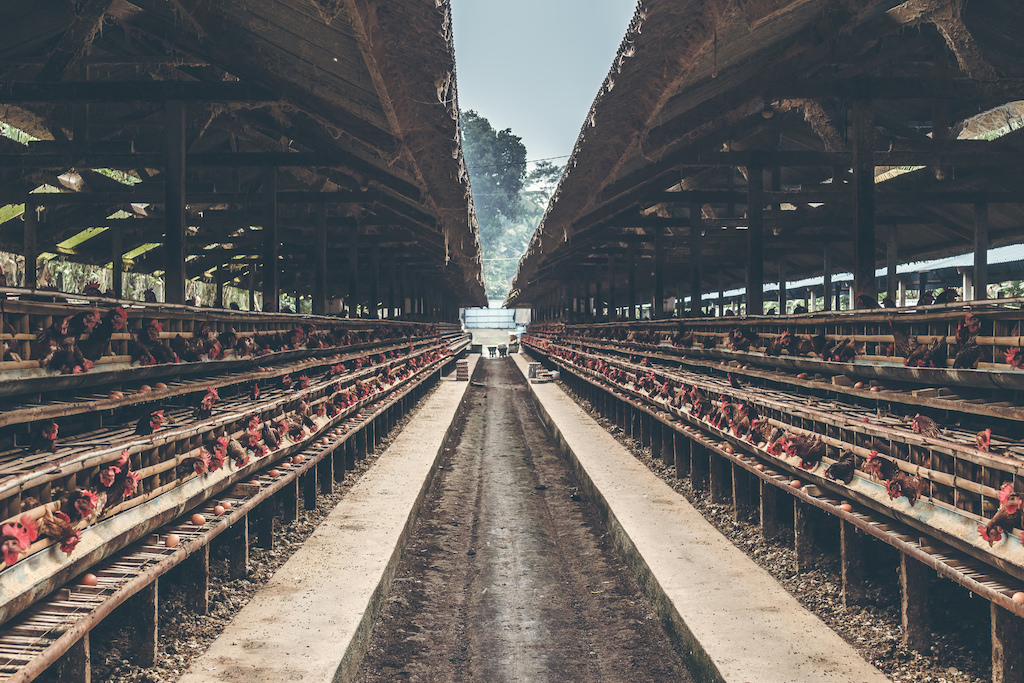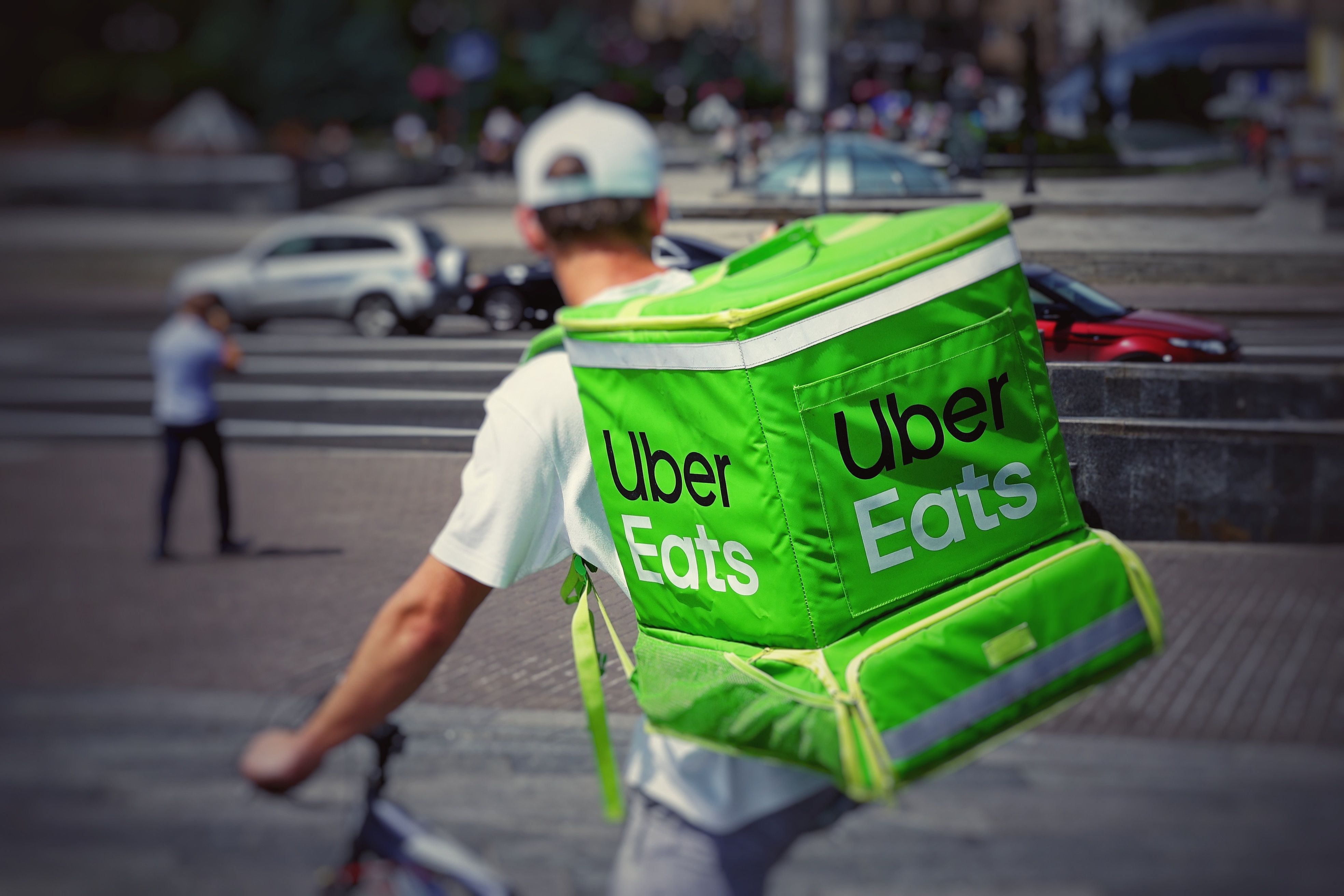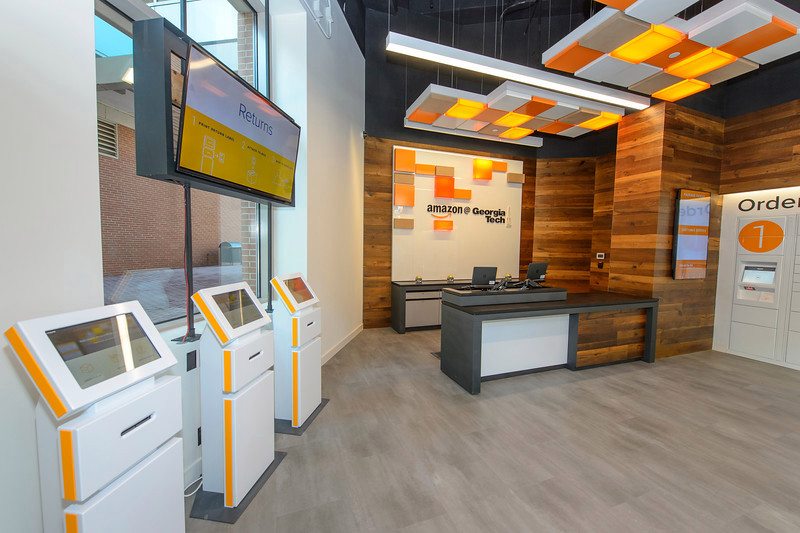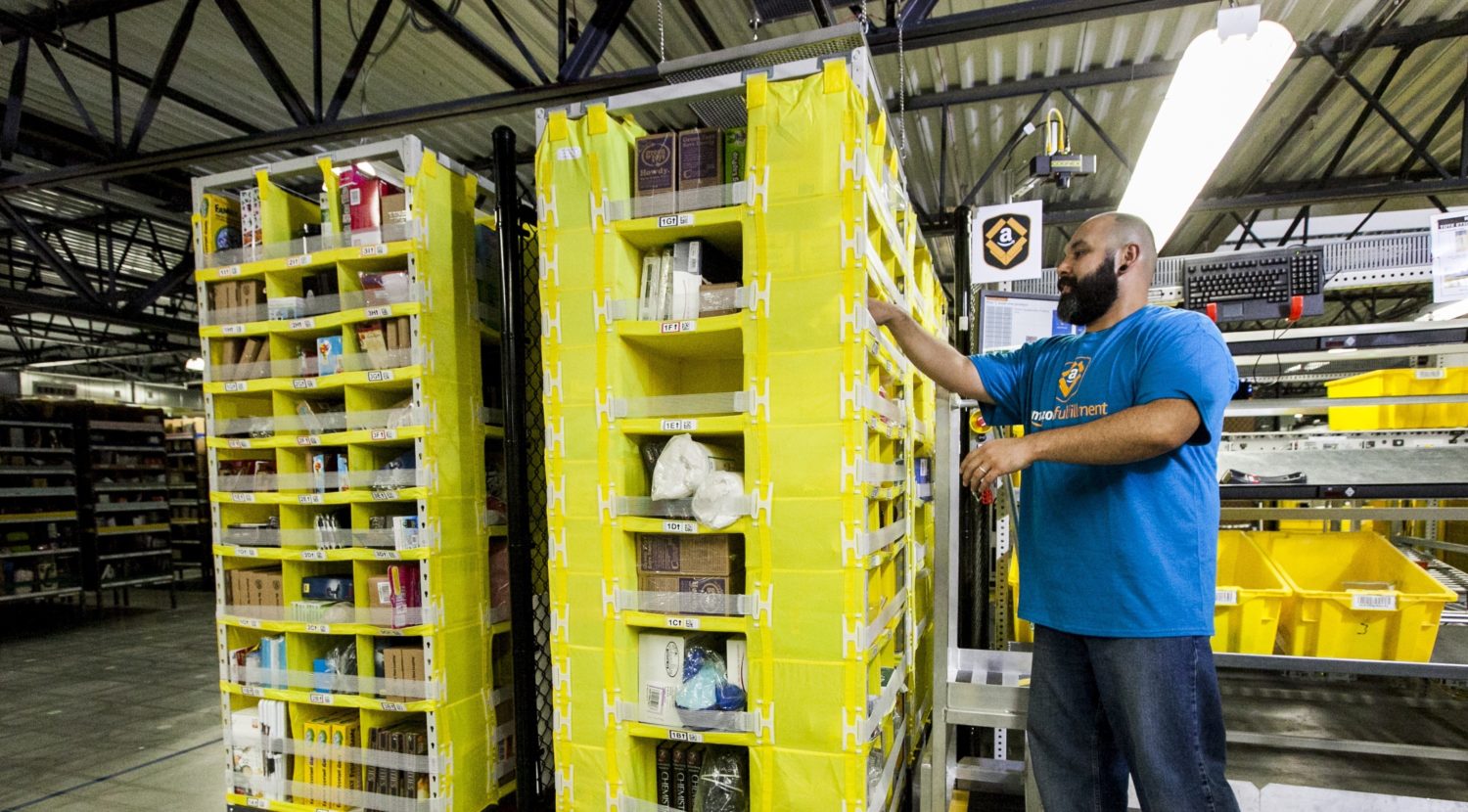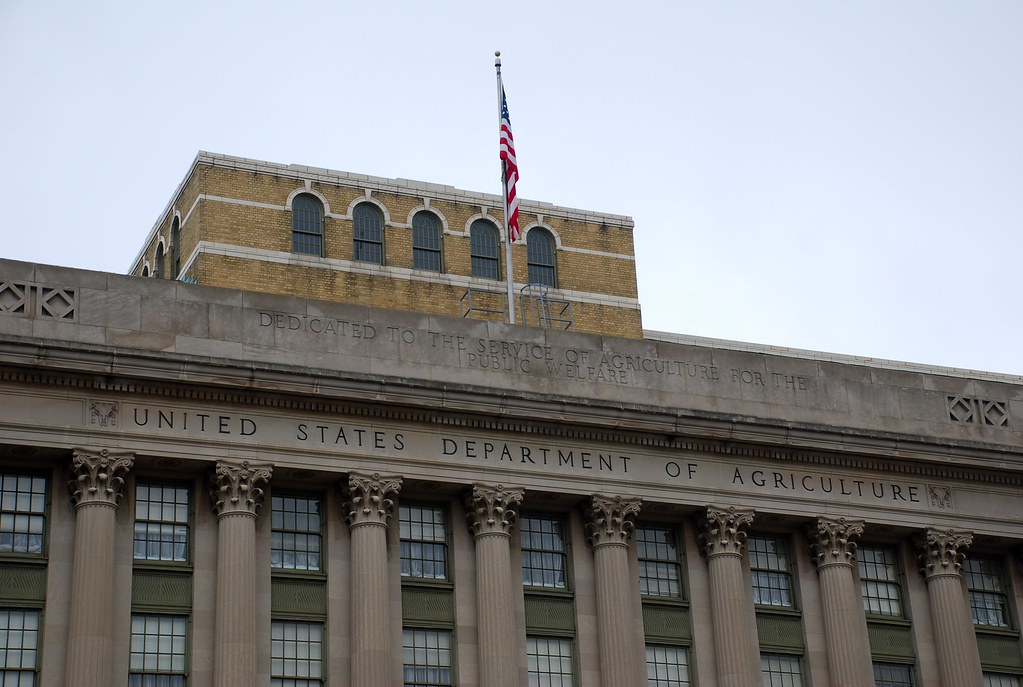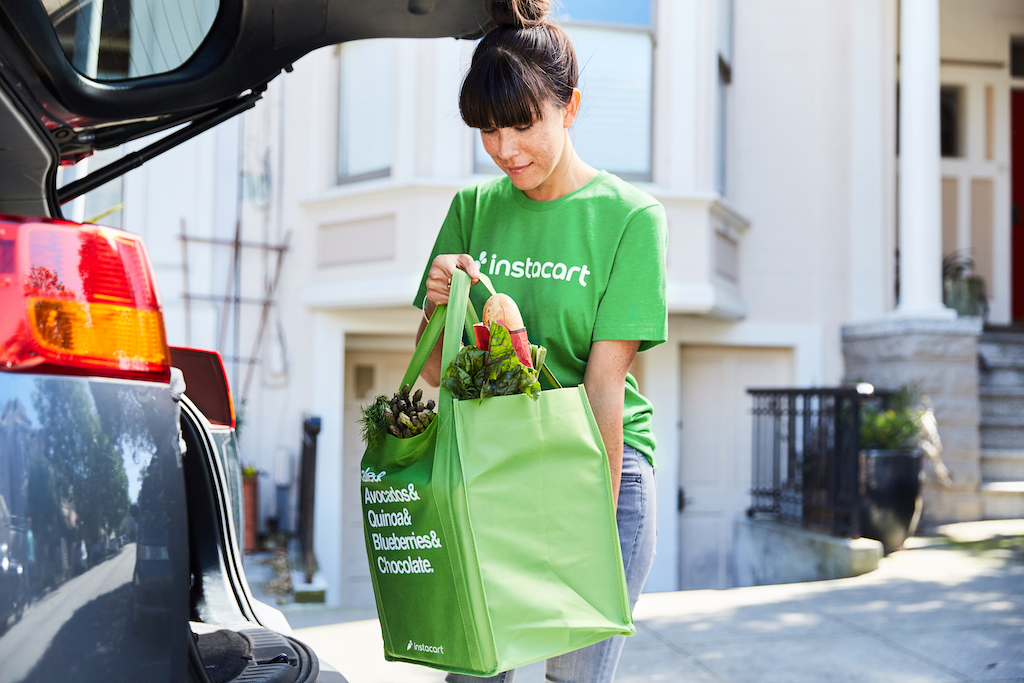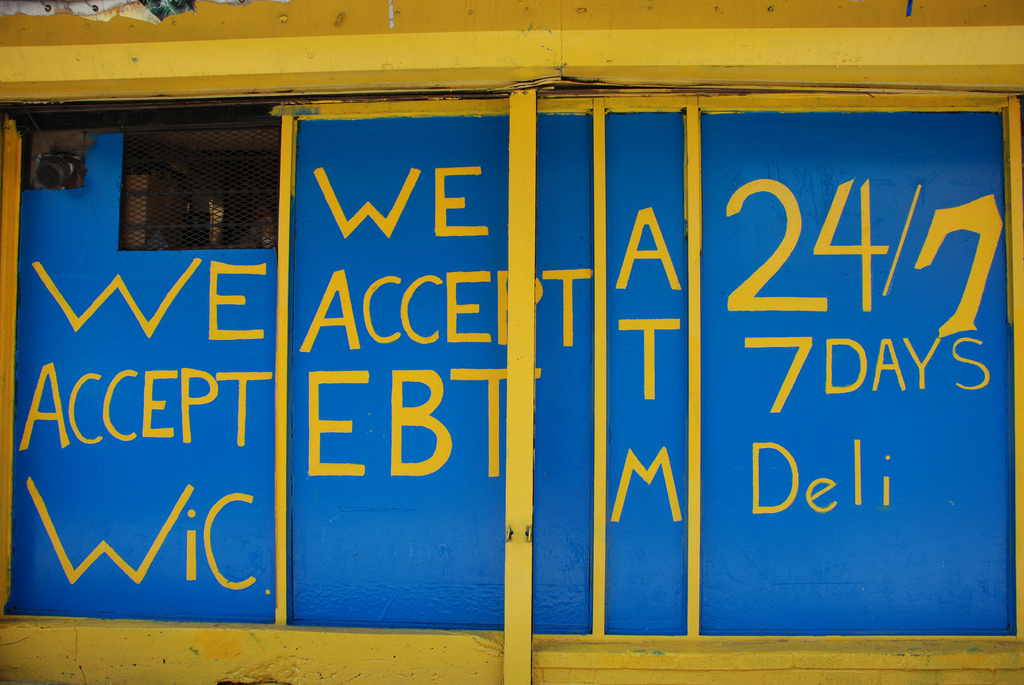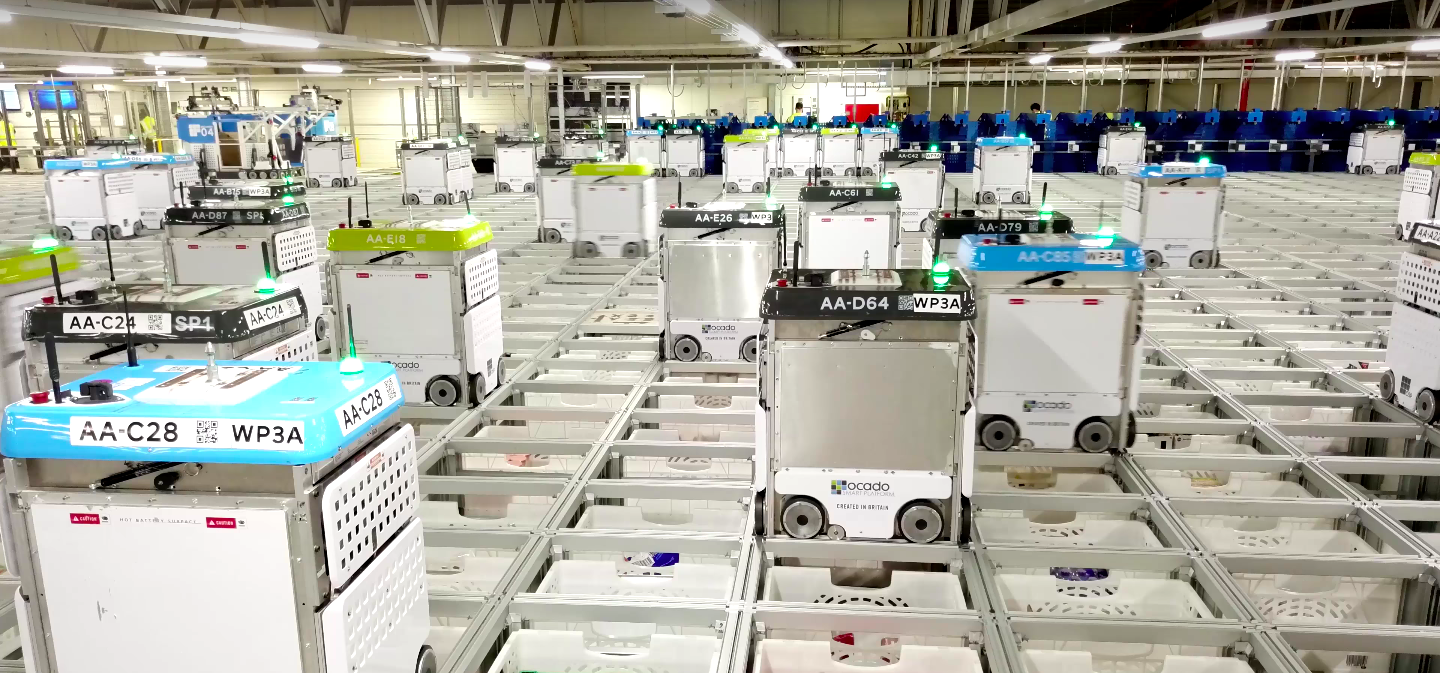
Ocado
Since June of last year, the grocery industry has been in turmoil, mostly thanks to Amazon’s acquisition of Whole Foods. For months, it hasn’t been clear how traditional supermarkets would adapt to the e-commerce giant’s ambitious foray into the world of physical stores. But on Thursday, the way forward for one major player—Kroger, the Cincinnati, Ohio-based supermarket chain and one of the world’s largest retailers—got a little less hazy.
This morning, Kroger announced a partnership with Ocato, a British online supermarket company known for its streamlined logistical backend. In a press release, Kroger suggested the partnership will ultimately allow it to “Serve Customers Anything, Anytime, Anywhere in U.S.,” offering the kind of on-demand convenience popularized by Amazon. Rodney McMullen, Kroger’s CEO, pitched the move as an opportunity to “redefine the food and grocery customer experience—creating value for customers and shareholders alike.”
For its part, Ocado says each warehouse works like a mechanical beehive, with robots passing one another at high speeds—often moving with only 5 millimeters of space between them.
“We call the robots a swarm because they collaborate like a swarm of insects,” Paul Clarke, the company’s CTO, told Forbes. “If one of the robots get sick, any of the others can take its place.”
For now, Ocado’s warehouses aren’t fully automated. The company still uses human workers to actually bag groceries before they go out for delivery—though that may change. According to Forbes, the company is working to develop a dextrous robot that can handle fruit and other soft or perishable objects with the same gentle facility as human fingers, which would allow for machine packing. The company is also working to automate its fleet of about 100 vans, each of which deliver about 2,000 orders a week, with a driverless delivery pilot in London. The enormous logistical challenge here is addressed with the help of—guess what—its proprietary AI and machine-learning tools.
“Our vans are equipped with a range of IoT sensors that log relevant data during deliveries such as location, wheel speed, engine revs, braking, fuel consumption, and cornering speed,” the company writes on its blog. “Our engineers can then feed this data into the routing software so that the algorithm is constantly learning and re-optimizing the delivery routes, therefore making the routes we drive tomorrow hopefully better than the ones we’ve driven today.”
For its partnership, Kroger has obtained an exclusive license to use Ocado’s technology in the U.S. At the same, it has upped its one-percent stake in the company’s publicly traded stock to 5 percent, valued at approximately $283 million (£183 million). In return, Ocado plans to open 20 new warehouses in this country over the first three years of the agreement, offering Kroger customers what other grocers have failed to provide: the ability to order home-delivered food with just a few taps of their iPads. According to Ocado, the company’s customers really do use the platform for heavy-duty weekly shopping, spending an average of £107 per order (that’s $140 to you).
Surely, the Ocado partnership marks the beginning of a new era for Kroger, though there are some unanswered questions. Britain is a relatively small and population-dense nation; how will Ocado’s model translate to the vast, rural expanses of the U.S. currently served by regional grocers and the U.S. Postal Service? There are also questions about how the new partnership will impact Kroger’s physical stores. To what degree will the company treat its Ocado-enabled platform as a distinct business, or use its stores as pickup points to drive foot traffic, as Amazon has done? We’ll see. But one thing’s clear: the line between brick-and-mortar and digital grocery shopping is about to get even blurrier.

